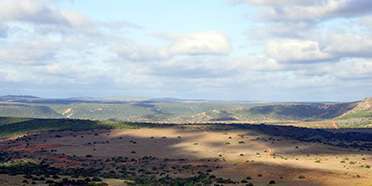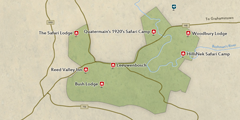
Safari Tours to Amakhala GR
-
![4-Day Eastern Cape Safari with Amakhala Safari Lodge]()
4-Day Eastern Cape Safari with Amakhala Safari Lodge
$810 to $1,852 pp (USD)
South Africa: Private tour
Mid-range LodgeYou Visit: Port Elizabeth (Start), Amakhala GR, Port Elizabeth (End)

Indigo Safaris
4.9/5 – 159 Reviews
-

3-Day Eastern Cape Safari with Amakhala Woodbury Lodge
$685 to $963 pp (USD)
South Africa: Private tour
Mid-range LodgeYou Visit: Port Elizabeth (Start), Amakhala GR, Port Elizabeth (End)

Indigo Safaris
4.9/5 – 159 Reviews
-
![3-Day Eastern Cape Safari with Amakhala Safari Lodge]()
3-Day Eastern Cape Safari with Amakhala Safari Lodge
$797 to $1,235 pp (USD)
South Africa: Private tour
Mid-range LodgeYou Visit: Port Elizabeth (Start), Amakhala GR, Port Elizabeth (End)

Indigo Safaris
4.9/5 – 159 Reviews

 South Africa Parks
South Africa Parks








_788_5f7ef35f8ea9b.960x480-0.jpeg)
